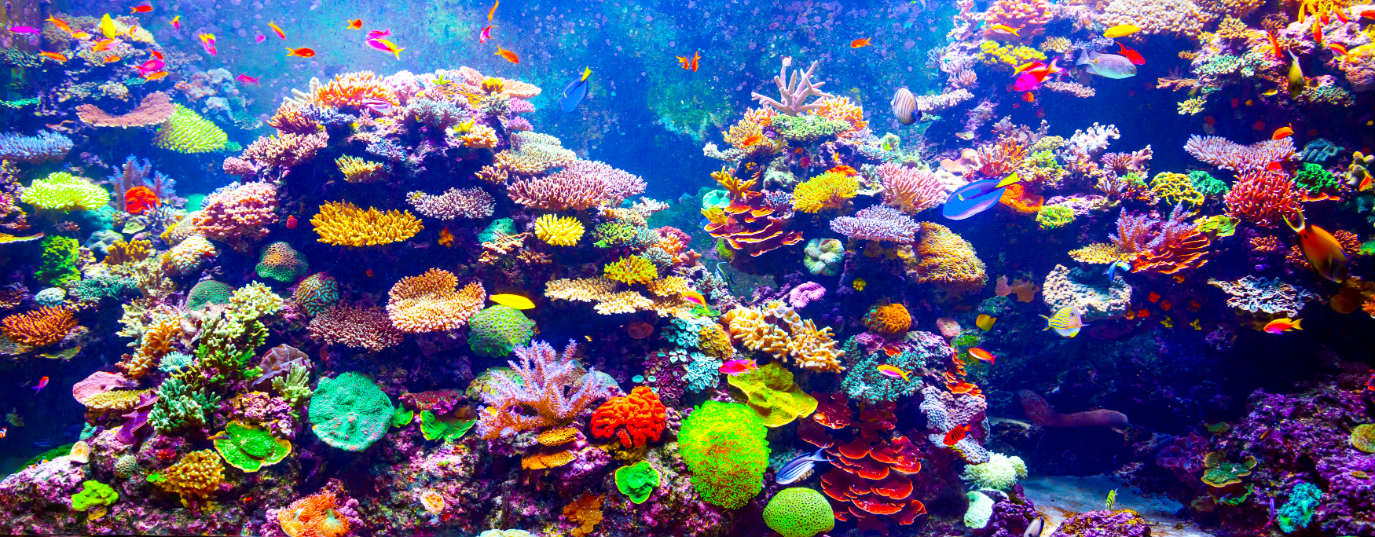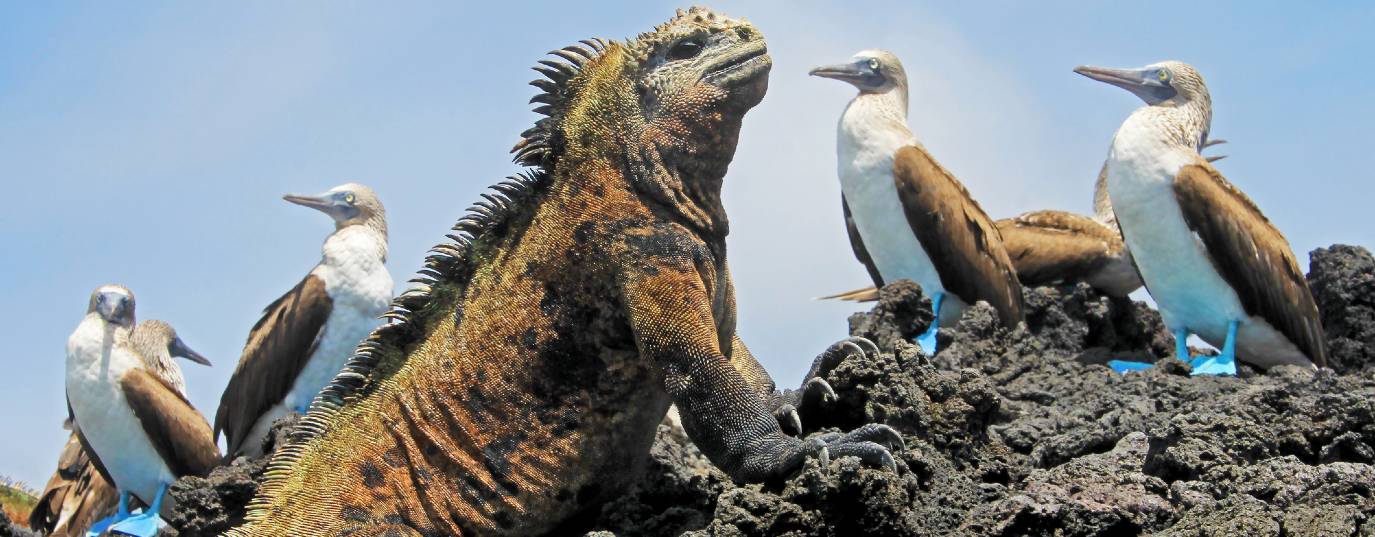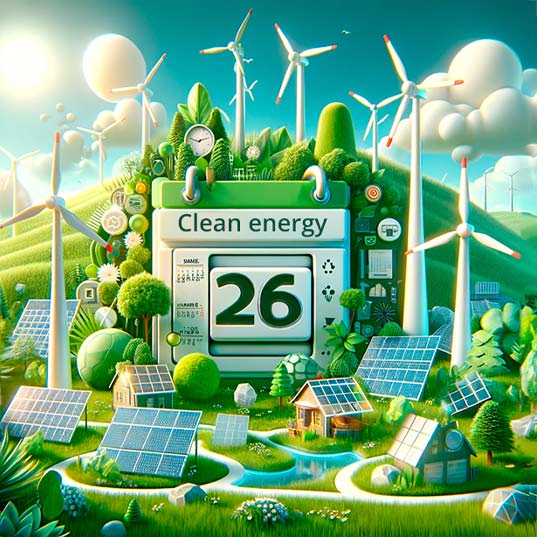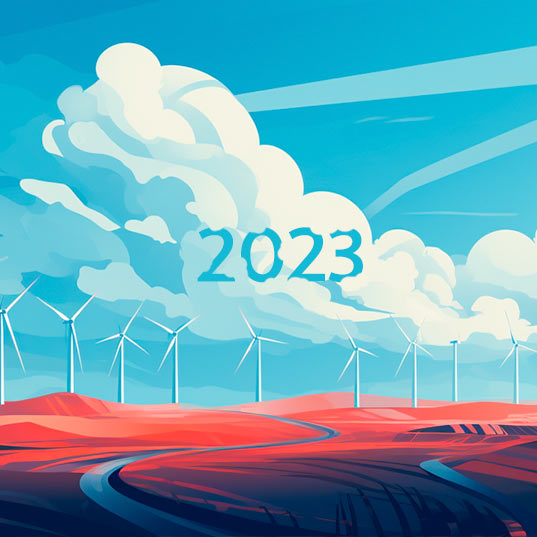World Environment Day 2023: Only one Earth
The World Environment Day calls on us to live a more sustainable life in harmony with nature.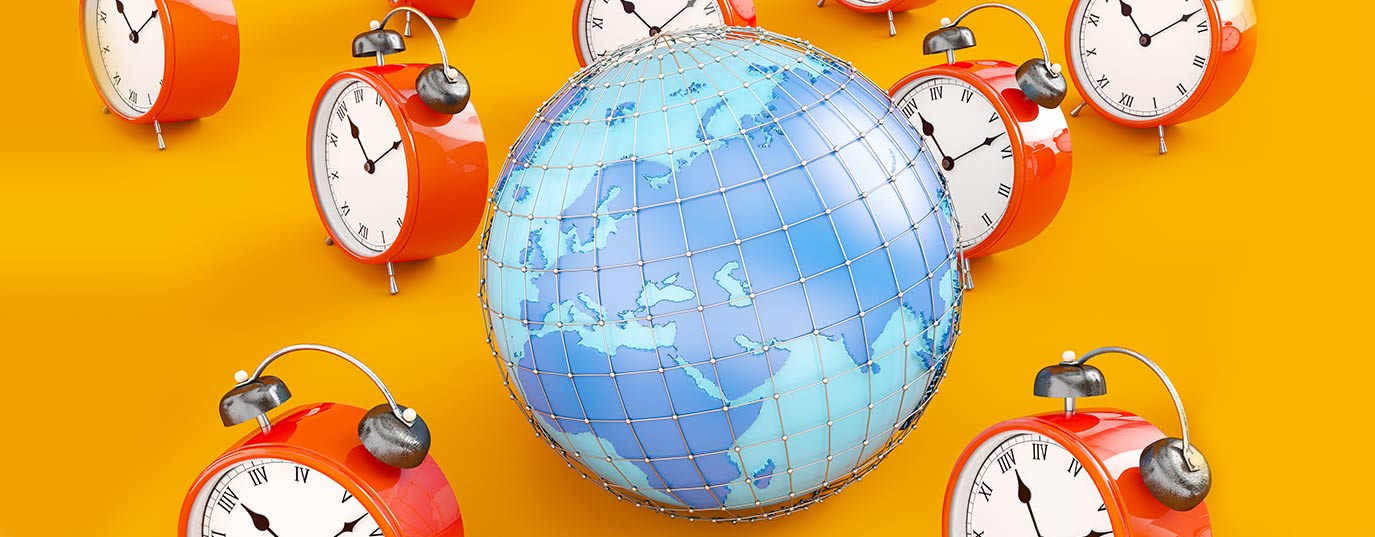
The planet is at an unusual moment, and nature is sending us a very clear message: we must urgently move from damaging our planet to taking care of it, because there are billions of galaxies, billions of planets, but there’s only one Earth to inhabit.
Despite the fact that the balance of biodiversity is the key to sustaining life on our planet, humans continue to mistreat it. We live in the midst of three planetary crises: climate change, biodiversity loss and pollution and waste. That’s why we need to put our efforts into defending it. We need to celebrate Environment Day every 5 June.
What you will learn about in this article:
- World Environment Day 2023, there’s only one Earth
- 50 years since the Stockholm Summit
- Biodiversity and pandemics
- What can each of us do for the environment?
World Environment Day 2023, there is only one Earth
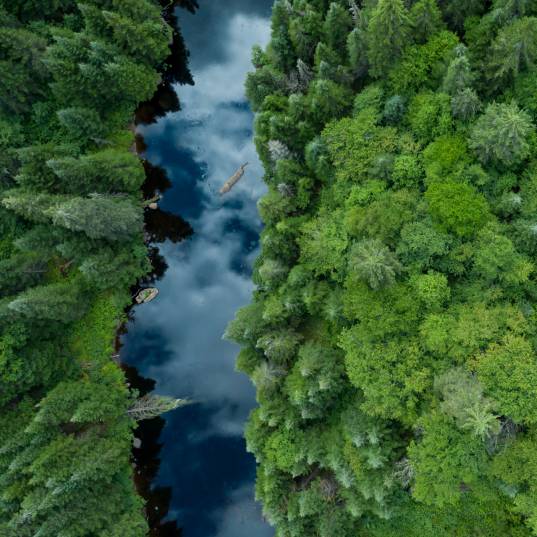 World Environment Day is one of the most important dates in the official United Nations calendar for raising awareness among governments, businesses and civil society about the importance of doing everything we can and using all our available resources to promote climate and environmental action.
World Environment Day is one of the most important dates in the official United Nations calendar for raising awareness among governments, businesses and civil society about the importance of doing everything we can and using all our available resources to promote climate and environmental action.
This date has been celebrated every 5 June since 1973, when it was established as World Environment Day at the United Nations Conference on the Human Environment in Stockholm, also known as the Stockholm Summit.
One of its achievements was the creation of UNEP, a body whose main objective was to become the environmental conscience of the United Nations and the world. It also designated 5 June as World Environment Day. This date reminds us that politicians, administrations, businesses and the civilian population must change their attitudes and start living in a genuinely sustainable manner once and for all.
“The Sockholm Summit was the first UN conference with the term "environment in its title.”
Our planet is drowning in seas and mountains of plastic
What is the common thread between the deepest point in the ocean, the Mariana Trench, and the highest mountain peak on Earth, Mount Everest? Surprisingly, despite being two of the most remote and inaccessible locations, both are harboring small fragments of plastic.
Plastics constitute the largest, most detrimental, and long-lasting portion of marine litter, making up at least 85% of the total marine waste. This is precisely why this year’s World Environment Day is dedicated to addressing plastic pollution through the #BeatPlasticPollution campaign, emphasizing the pursuit of solutions.
“Plastics account for at least 85% of total marine waste.”
In the past seven decades, plastic, an incredibly adaptable, versatile, and long-lasting material, has played a significant role in the economic progress of humanity, permeating every nook and cranny of our planet. Undeniably, it has entailed countless benefits during this time. However, the issue of pollution it has spawned is indisputable.
The proliferation of unnecessary and avoidable plastics, especially single-use packaging and disposable items, is causing an alarming level of pollution on our planet. Over 400 million tons of plastic are produced annually, half designed for one-time use. Shockingly, less than 10% of plastic is recycled.
Forecasts suggest that the current 11 million metric tons of plastic in our oceans will triple over the next two decades.
This means:
- Between 23 and 37 million metric tons of plastic will end up in the oceans annually by 2040.
- This is equivalent to 50 kilograms of plastic per meter of coastline worldwide...
- ...or the weight of up to 178 Symphony of the Seas, the largest cruise ship in the world.

Marine life, the main casualty
The primary issue lies in the fact that plastics do not undergo biodegradation; instead, they fragment into smaller particles called microplastics and nanoplastics. This situation, as emphasized in the United Nations Environment Programme (UNEP) report, presents multiple challenges for both the environment and human beings.
New research indicates that people inhale microplastics through the air, ingest them via food and water, and even absorb them through the skin. Astonishingly, microplastics have been detected within human lungs, livers, spleens, and kidneys, and a recent study even detected them in the placentas of newborn infants. Moreover, numerous plastic products contain hazardous additives that can jeopardize human well-being.
Likewise, the repercussions on marine life span from physical harm to individual creatures to broader consequences on biodiversity and the functioning of ecosystems. Plastic fragments have been found within the digestive systems of various aquatic organisms, including all species of sea turtles and almost half of the analyzed species of birds and marine mammals.
There is also a growing concern regarding non-indigenous species hitchhiking on floating debris, reaching foreign seas and shores. These organisms, such as algae, mollusks, and barnacles, can invade and degrade distant aquatic species and environments.
Furthermore, it should be noted that a significant portion of plastic waste in the ocean eventually sinks to the seabed, forming submerged garbage piles that suffocate coral reefs and marine life on the ocean floor, as detailed in the assessment.
From plastic pollution to the solution
The #BeatPlasticPollution campaign for World Environment Day 2023 urges collective global action to implement solutions that put an end to plastic pollution.
The good news is that science offers hope. A comprehensive global analysis of plastic waste, known as “Breaking the Plastic Wave,” reveals that the influx of plastic into the ocean can be reduced by approximately 80% over the next two decades by leveraging existing technologies and solutions. Experts have outlined several measures to achieve this:
- Improving waste management systemsto establish the necessary infrastructure for receiving plastic waste and ensuring its reuse.
- Promoting circularity by adopting more sustainable consumption and production practices throughout the plastic value chain.
- Raising awareness among consumers to address plastic pollution and inspire changes in behavior.
- Encouraging the elimination of unnecessary, avoidable, and problematic plastic items by substituting them with alternative materials, products, and services.
- Implementing effective monitoring to identify plastic sources, quantities, and destinations.
Significant regional, national, and local initiatives are underway to reduce plastic flow into the ocean. These include efforts such as Regional Sea Conventions, national bans on single-use plastics, and commitments from businesses to reduce, redesign, and reuse plastics, among other strategies.
World Environment Day 2023 will showcase the experiences of countries, businesses, and individuals who are adopting more sustainable practices with plastic products, fostering the hope that one day plastic pollution will be a thing of the past.
Source:


